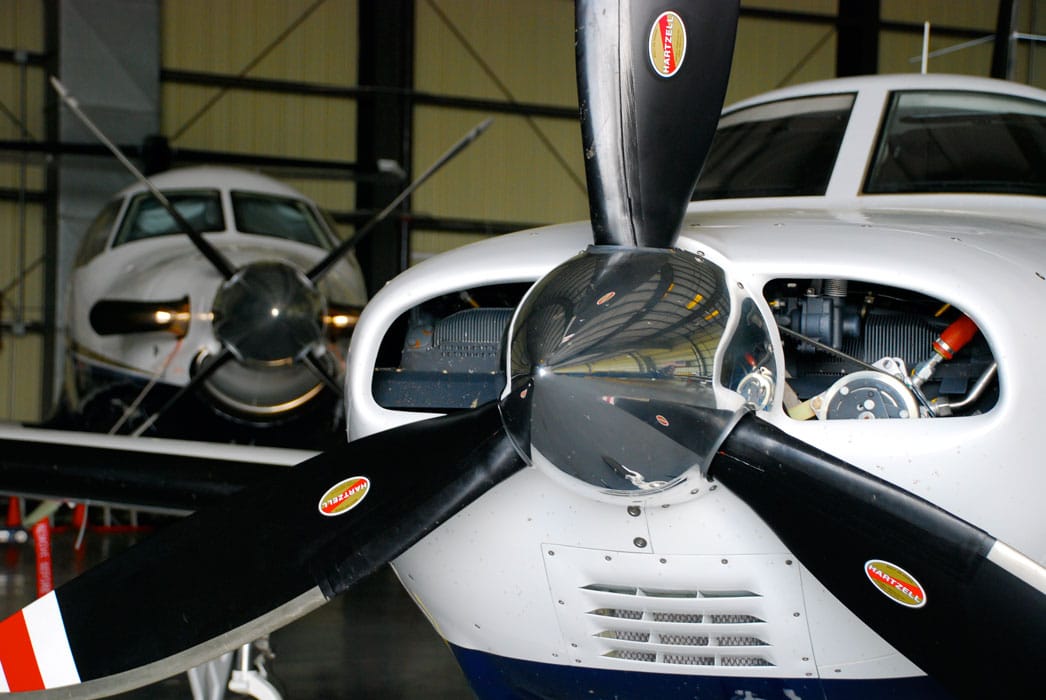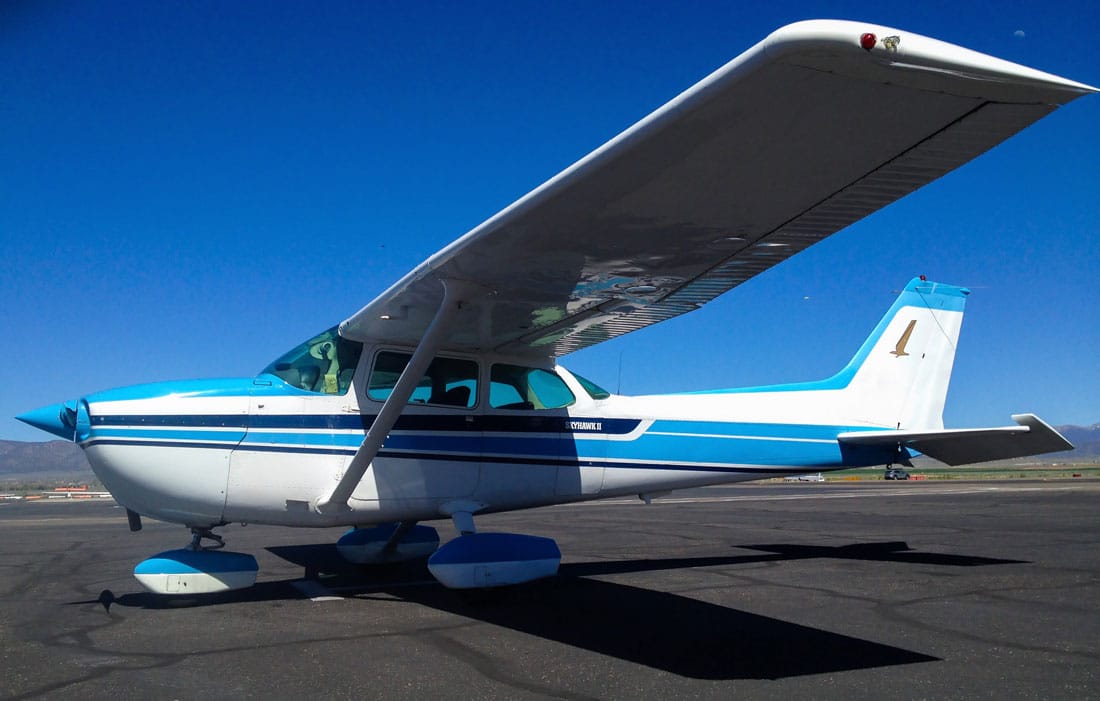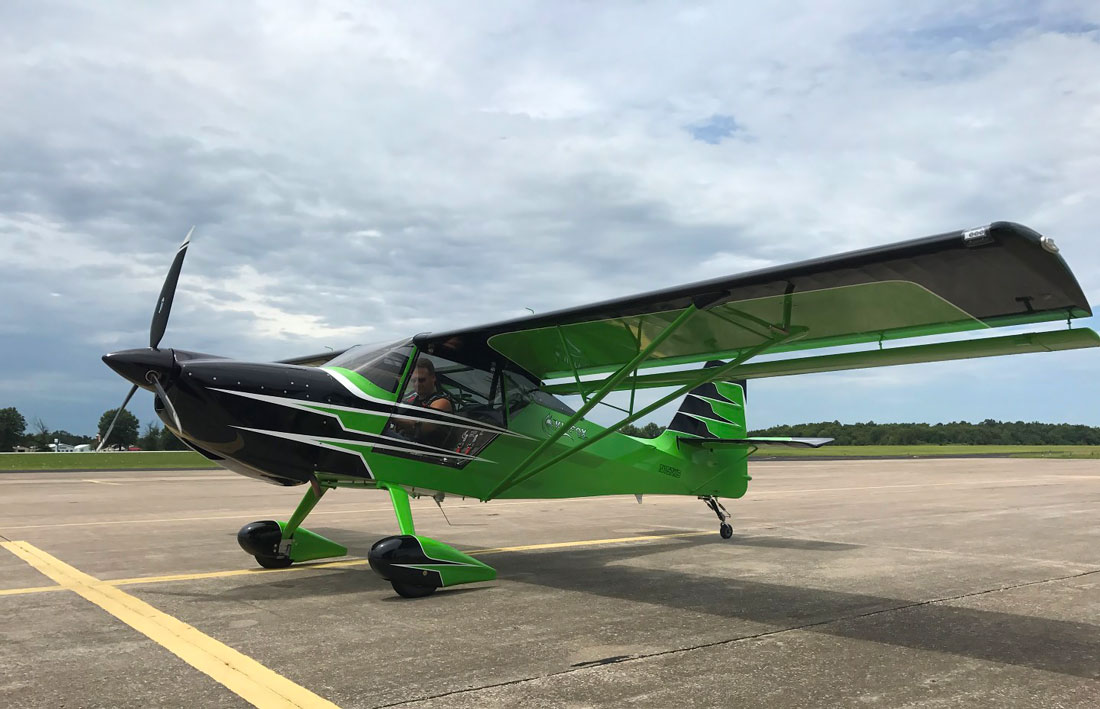The continued rapid growth in the aerospace and aviation industries has lead to a significant increase in the areas of both domestic and foreign aircraft certification. So, last year, on September 16th, the leadership for the certification departments of the US Federal Aviation Administration (FAA), Brazil’s Agência Nacional de Aviação Civil (ANAC), the European Aviation Safety Agency (EASA) and Transport Canada Civil Aviation (TCCA) signed a charter to create the Certification Management Team (CMT). The goal was simple: improve the efficiency of and cut down on the time involved with the certification process through collaboration.
And now, the CMT has published a strategy document on how they hope to achieve this goal.
The Basic Certification Management Team Structure
According to the document, the CMT “will manage technical, policy, and bilateral agreement certification, manufacturing, export and continued airworthiness issues common among the four authorities.” They will be directly overseeing five technical Certification Authorities Groups, which will all contain representation from the four authorities. Those groups are:
- Certification Authorities for Bilateral Agreement (CABA) and Certification Policy
- Certification Authorities for General Aviation Products (CAGP)
- Certification Authorities for Transport Airplane (CATA)
- Certification Authorities for Rotorcraft Products (CARP)
- Certification Authorities for Propulsion Products (CAPP)
These groups, in turn, will create individual, task specific teams to “address Technical Policy (i.e. product specific) or Procedural Policy (Bilateral/Certification Policy).”
The Certification Management Team’s Strategic Focus Areas
According to the document, the CMT wants to implement “confidence-building initiatives and risk based validation principles” that will allow partners to accept certification activities from other partners with limited or no additional technical involvement. In order to make this possible, they are focusing on four areas:
- Partnership Leveraging: CMT partners will make use of each other’s certification systems in order to reduce and / or eliminate duplicating certification efforts. The desired outcomes would be:
- CMT partners can use bilateral agreements in order to issue Type Certificates with no technical involvement.
- CMT partners can accept each other’s article approvals with no State of Registry design approval.
- A risk-based validation model is put into place within the CMT partner systems for any remaining areas requiring verification.
- Continued Confidence Building: In order keep CMT partners confident in the system, they’ll establish both senior management and technical working groups that will identify and resolve potential differences and issues between the partner’s certification systems. These groups would serve as the primary method for addressing any differences or issues between systems.
- Global Leadership: The CMT will seek to actively engage with the international aviation community to develop and promote common solutions and practices for aircraft certification. By engaging with the community, they hope to achieve smooth implementation of policies.
- Certification Policy Alignment: CMT members will work to more closely align existing certification policies, and develop common principles and policy to support new rulemaking whenever possible. Through this, they hope to “allow for the seamless transfer of aviation products and efficient oversight of the industry while maintaining the highest safety standards.“
In Conclusion
According to the FAA, this process is “transforming how the FAA prioritizes and targets resources to engage with the international aviation community to improve safety, efficiency, and environmental sustainability through regulatory harmonization and partnerships.”
If you are interested in more information, you can read through the full strategy document on the FAA’s website. In addition, the FAA and EASA have also published another document (called the “Validation Improvement Roadmap“) that details on new shared initiatives between the two groups.
Featured Image: Gunther Hagleitner















Leave a Reply